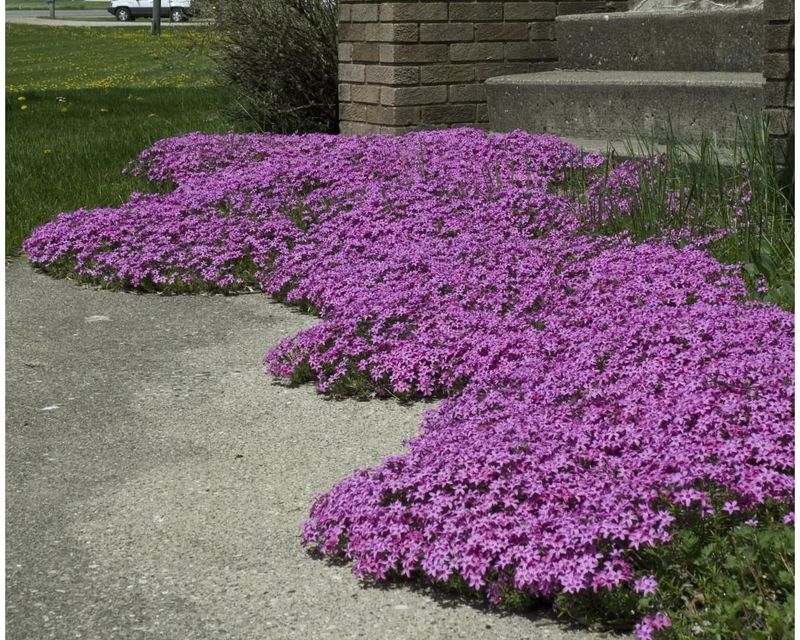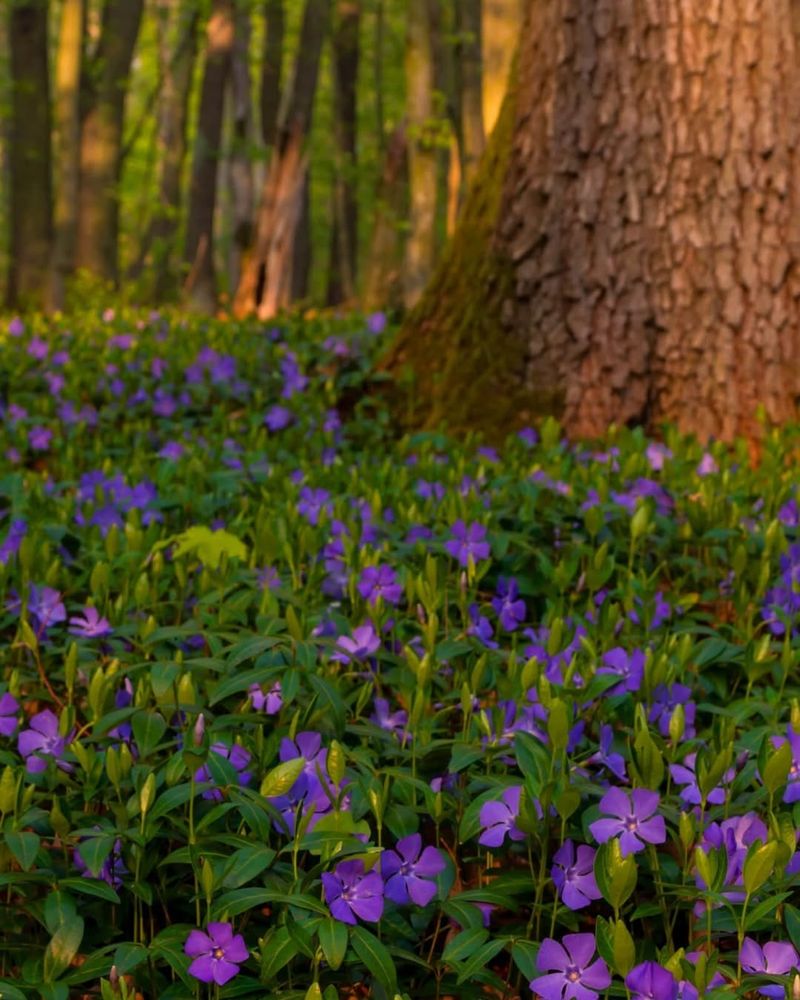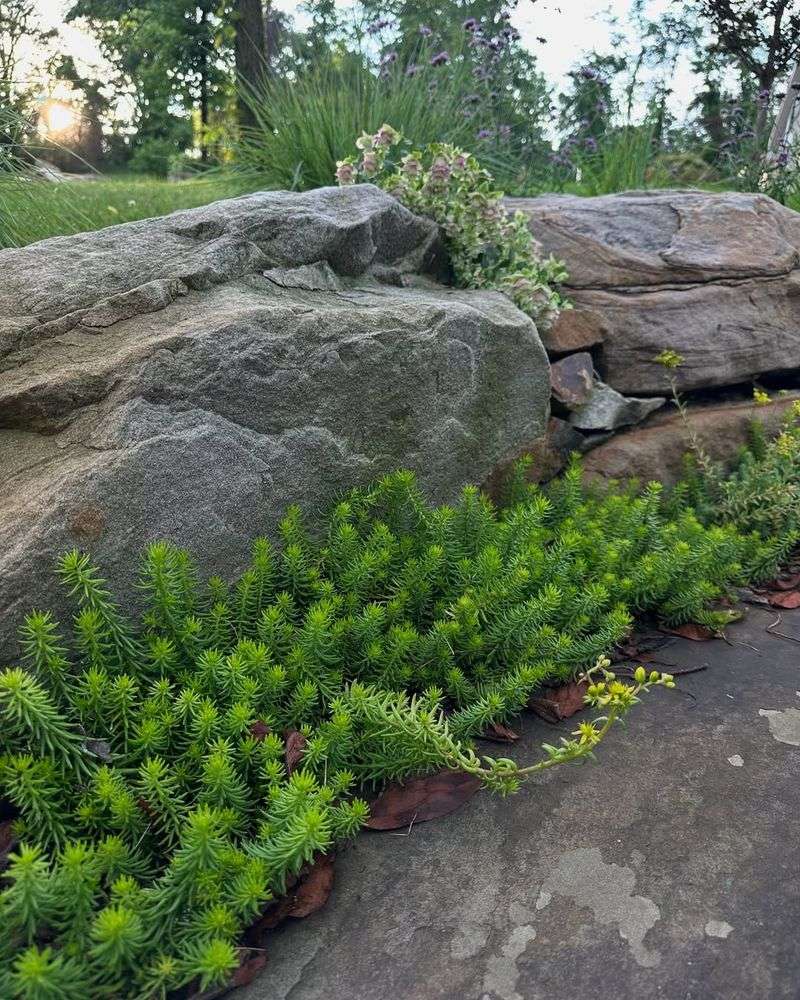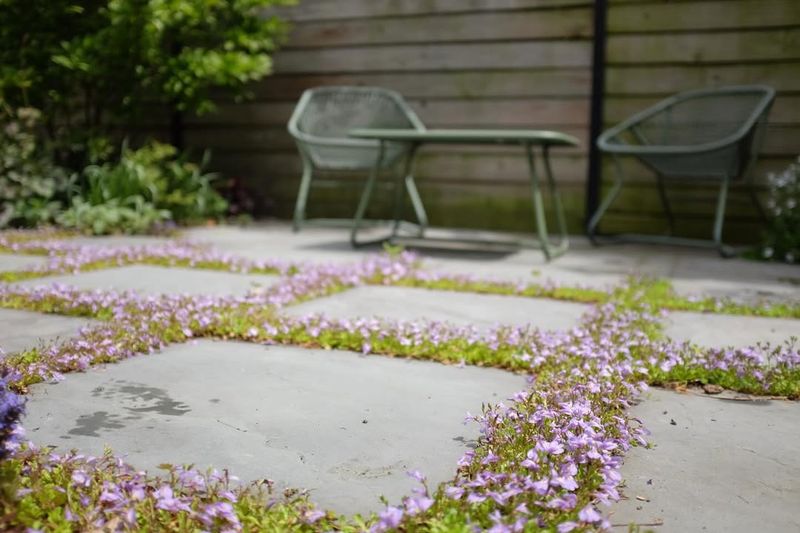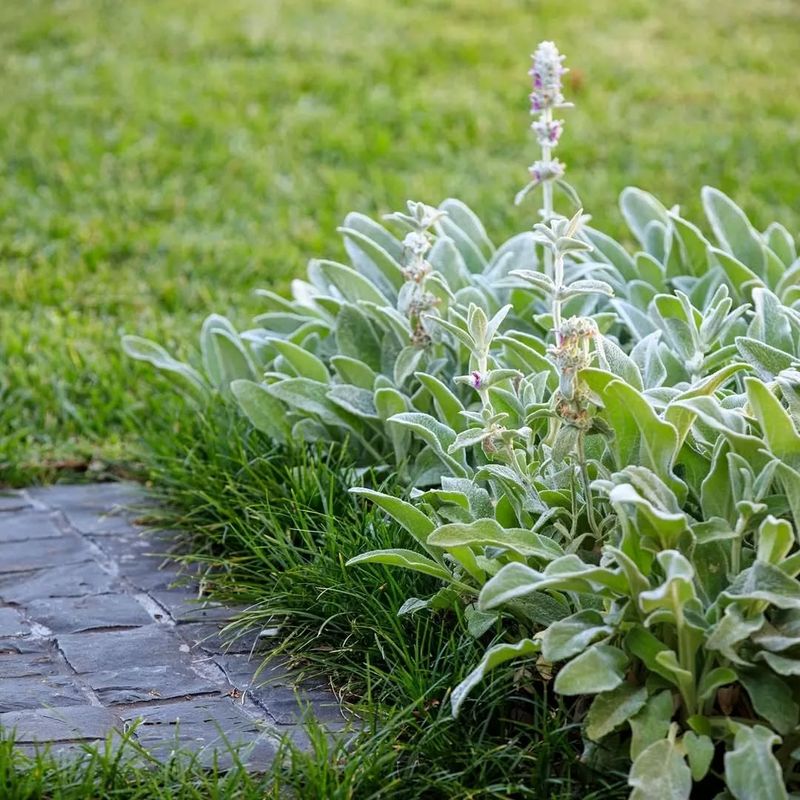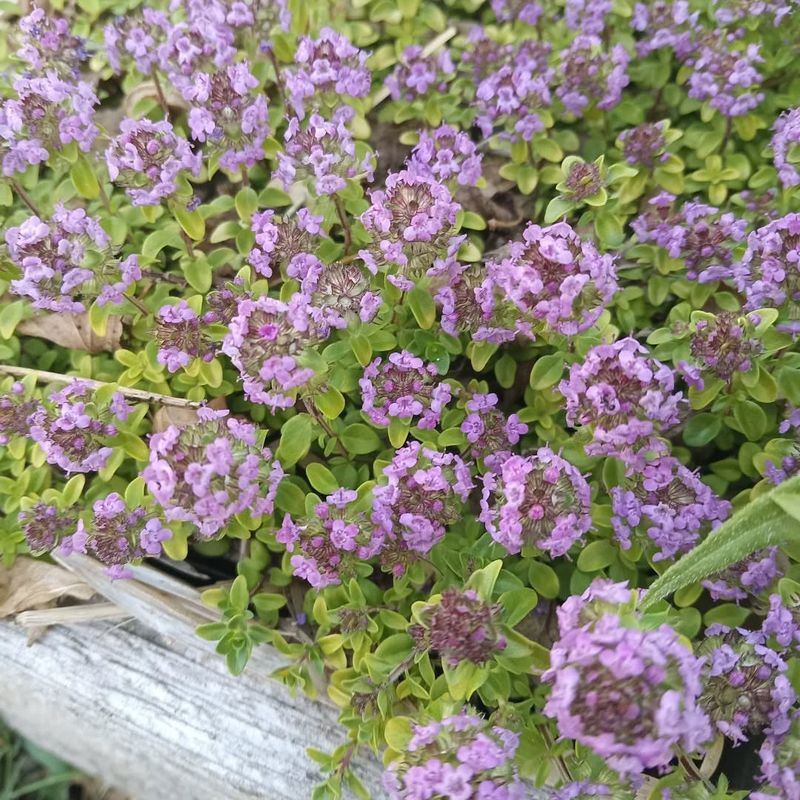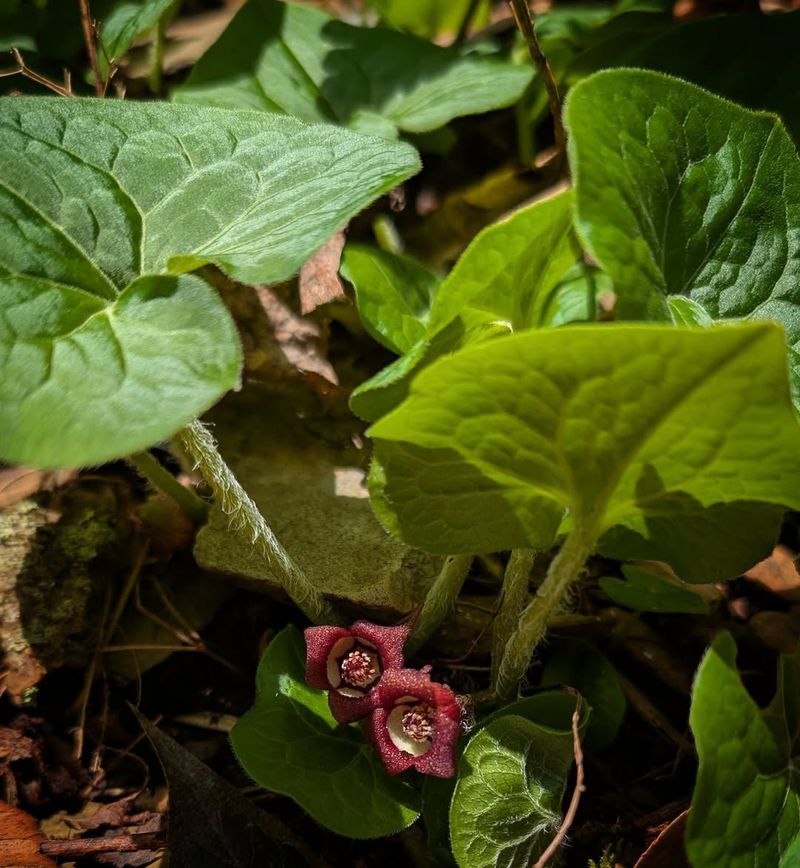Maryland yards always seem to have that one stubborn patch that refuses to stay green. That’s why I love ground covers that spread fast and don’t need much from you.
They settle in, stay put, and keep things looking neat. These are the ones that handle those bare spots without a fight.
1. Pachysandra
Shade-loving pachysandra thrives where grass struggles, making it perfect for those tricky spots under trees. Maryland gardeners appreciate how this evergreen spreader fills in quickly without needing constant attention.
Once established, it creates a thick carpet that chokes out weeds naturally. The glossy green leaves stay attractive year-round, even during harsh winters common in the region.
Plant it in spring or fall for best results.
2. Creeping Phlox
Springtime in Maryland becomes magical when creeping phlox bursts into bloom with carpets of pink, purple, or white flowers. Slopes and rocky areas transform into colorful displays that make neighbors stop and stare.
This hardy plant handles drought well once its roots dig in deep. Between blooms, the needle-like foliage stays green and tidy.
Perfect for sunny spots where you want beauty without fuss.
3. Ajuga
Also called bugleweed, ajuga spreads rapidly to cover bare ground with attractive rosettes of colorful leaves. Maryland yards benefit from its tolerance to both sun and partial shade conditions.
Purple-blue flower spikes appear in late spring, adding vertical interest to the low-growing foliage. Some varieties feature bronze or variegated leaves that provide year-round color.
Deer usually leave it alone, which is a bonus for local gardeners.
4. Vinca Minor
Periwinkle brings charming blue flowers and glossy evergreen leaves to challenging Maryland landscapes. Its trailing stems root wherever they touch soil, creating dense coverage that suppresses weeds effectively.
Shade doesn’t slow this tough plant down one bit. It handles the humidity and temperature swings Maryland experiences throughout the year.
Just give it room to spread, and it’ll reward you with minimal maintenance needs.
5. Sedum
Succulent sedum varieties laugh in the face of drought and poor soil conditions common in Maryland. Their fleshy leaves store water, allowing them to survive when other plants wither.
Star-shaped flowers attract butterflies and bees during summer months. Low-growing types like Sedum acre spread quickly across bare spots in full sun.
Rocky areas or slopes become easy-care gardens with these resilient champs planted throughout.
6. Sweet Woodruff
Woodland gardens in Maryland come alive when sweet woodruff spreads its fragrant, star-shaped white blooms in spring. The whorled leaves create an elegant texture that softens shady areas beautifully.
This European native has naturalized well in the region’s climate. It prefers moist, shaded spots where grass gives up completely.
Bonus: dried leaves smell like vanilla and were traditionally used to flavor beverages in Germany.
7. Mazus Reptans
Walking on mazus releases no fragrance, but its purple blooms create a stunning effect in Maryland landscapes. This mat-forming plant tolerates light foot traffic, making it suitable for pathways and between stepping stones.
It stays low to the ground and spreads rapidly once happy. Maryland’s spring rains help it establish quickly in sun or partial shade.
Tiny flowers cover the foliage in late spring, creating purple rivers through your yard.
8. Lamb’s Ear
Kids and adults alike can’t resist touching the soft, fuzzy leaves of lamb’s ear. Maryland gardeners value how its silvery foliage brightens up sunny spots while requiring almost zero care.
Drought doesn’t faze this Mediterranean native once established. The thick leaf mat prevents weeds from taking hold underneath.
Purple flower spikes emerge in summer, though many gardeners remove them to keep the focus on those touchable leaves.
9. Liriope
Sometimes called monkey grass, liriope forms neat clumps of grass-like foliage that tolerate Maryland’s toughest conditions. Shade, sun, dry soil, or clay—this adaptable plant handles it all with grace.
Purple or white flower spikes appear in late summer when most other plants look tired. The arching leaves provide texture and movement in the landscape.
Deer avoid munching on it, which makes it popular throughout the state.
10. Thyme
Culinary and ornamental benefits combine in creeping thyme varieties perfect for Maryland yards. Step on it, and your garden fills with a wonderful herbal fragrance that makes yard work more pleasant.
Bees go crazy for the tiny flowers that blanket the plants in summer. It thrives in full sun and well-drained soil, even tolerating some drought.
Harvest sprigs for cooking while enjoying its beauty as a practical ground cover solution.
11. Wild Ginger
Native to Maryland forests, wild ginger creates lush carpets of heart-shaped leaves in deep shade where nothing else grows. Its roots smell like ginger, though they’re not for eating like true ginger.
This woodland plant spreads slowly but steadily, filling in bare spots under trees and shrubs. Hidden burgundy flowers bloom near the ground in spring, often unnoticed but fascinating up close.
Choose native plants like this to support local ecosystems while solving landscape problems.



